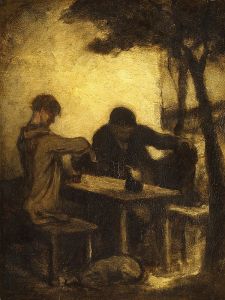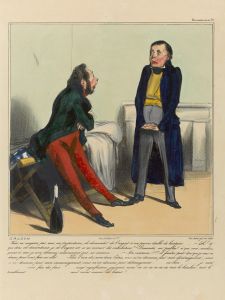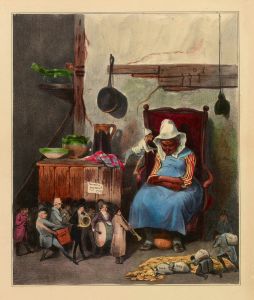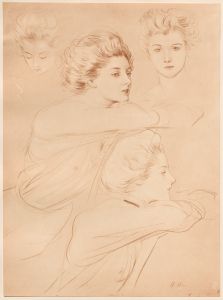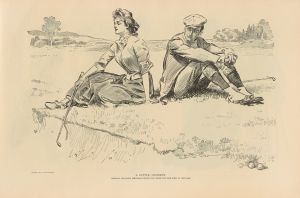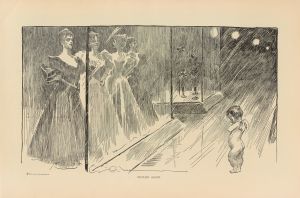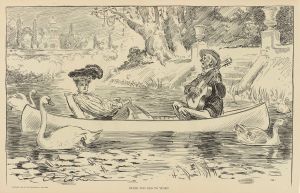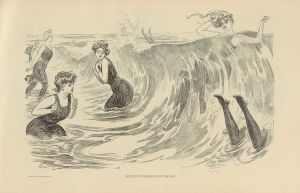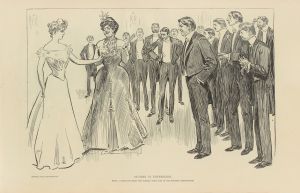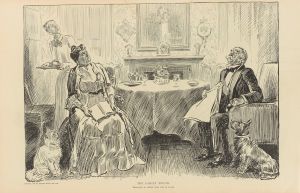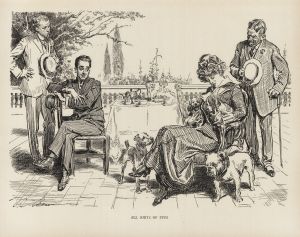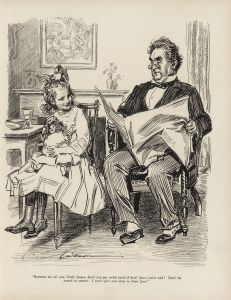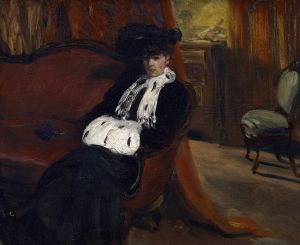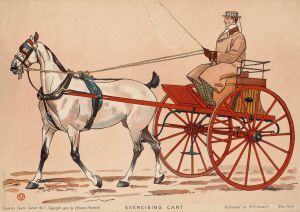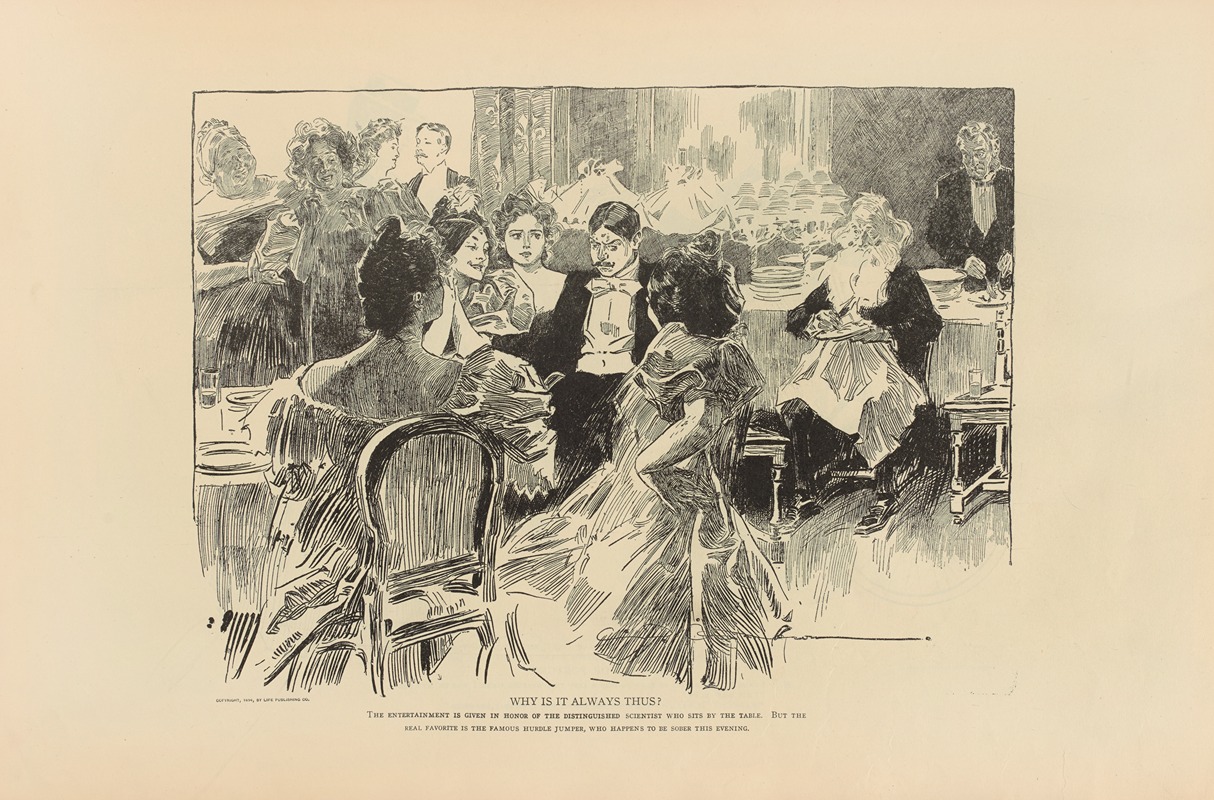
Why is it always thus
A hand-painted replica of Charles Dana Gibson’s masterpiece Why is it always thus, meticulously crafted by professional artists to capture the true essence of the original. Each piece is created with museum-quality canvas and rare mineral pigments, carefully painted by experienced artists with delicate brushstrokes and rich, layered colors to perfectly recreate the texture of the original artwork. Unlike machine-printed reproductions, this hand-painted version brings the painting to life, infused with the artist’s emotions and skill in every stroke. Whether for personal collection or home decoration, it instantly elevates the artistic atmosphere of any space.
Charles Dana Gibson was an influential American illustrator best known for his creation of the "Gibson Girl," a representation of the idealized American woman at the turn of the 20th century. His work captured the spirit of the era and left a lasting impact on American culture and art. One of his notable works is the illustration titled "Why is it always thus?"
"Why is it always thus?" is a black-and-white illustration that exemplifies Gibson's keen eye for social commentary and his ability to capture the nuances of human interaction. The illustration typically features a scene that reflects the societal norms and gender dynamics of the time. Gibson's work often highlighted the roles and expectations placed upon women and men, and this piece is no exception.
Gibson's illustrations were widely published in popular magazines of the time, such as Life, Harper's Weekly, and Scribner's, reaching a broad audience and influencing public perception. His work was characterized by its detailed line work and the ability to convey complex emotions and social situations with clarity and wit.
The "Gibson Girl" became a cultural icon, representing a new standard of femininity that was independent, confident, and socially active. This archetype was a departure from previous representations of women, who were often depicted as passive and confined to domestic roles. The "Gibson Girl" was athletic, educated, and engaged in society, embodying the changing roles of women during the Progressive Era.
In "Why is it always thus?" Gibson likely explores themes of romantic relationships and societal expectations. His illustrations often depicted interactions between men and women, highlighting the complexities and sometimes the absurdities of courtship and marriage. The title itself suggests a sense of inevitability or frustration, which may be reflective of the characters' experiences within the illustration.
Gibson's work was not only artistically significant but also served as a commentary on the social issues of his time. His illustrations provided a mirror to society, reflecting both its ideals and its contradictions. Through his art, Gibson was able to engage with contemporary debates about gender, class, and the changing social landscape of America.
While specific details about the content of "Why is it always thus?" are not extensively documented, the piece fits within Gibson's broader oeuvre, which consistently examined the interplay between societal norms and individual desires. His ability to capture the essence of his era with humor and insight ensured that his work remained relevant and influential long after its initial publication.
Charles Dana Gibson's legacy as an illustrator is marked by his contribution to the visual culture of his time and his role in shaping the public's understanding of gender and social dynamics. "Why is it always thus?" stands as a testament to his skill in using art as a means of social commentary, offering a glimpse into the complexities of human relationships at the dawn of the 20th century.





